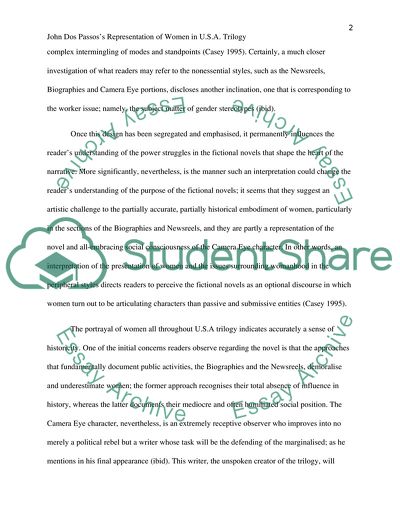Cite this document
(“John Dos Passoss Representation of Women in U.S.A. Trilogy Essay”, n.d.)
John Dos Passoss Representation of Women in U.S.A. Trilogy Essay. Retrieved from https://studentshare.org/literature/1719522-an-essay-about-how-women-are-portrayed-in-the-john-dos-passos-triolgy-usa
John Dos Passoss Representation of Women in U.S.A. Trilogy Essay. Retrieved from https://studentshare.org/literature/1719522-an-essay-about-how-women-are-portrayed-in-the-john-dos-passos-triolgy-usa
(John Dos Passoss Representation of Women in U.S.A. Trilogy Essay)
John Dos Passoss Representation of Women in U.S.A. Trilogy Essay. https://studentshare.org/literature/1719522-an-essay-about-how-women-are-portrayed-in-the-john-dos-passos-triolgy-usa.
John Dos Passoss Representation of Women in U.S.A. Trilogy Essay. https://studentshare.org/literature/1719522-an-essay-about-how-women-are-portrayed-in-the-john-dos-passos-triolgy-usa.
“John Dos Passoss Representation of Women in U.S.A. Trilogy Essay”, n.d. https://studentshare.org/literature/1719522-an-essay-about-how-women-are-portrayed-in-the-john-dos-passos-triolgy-usa.


